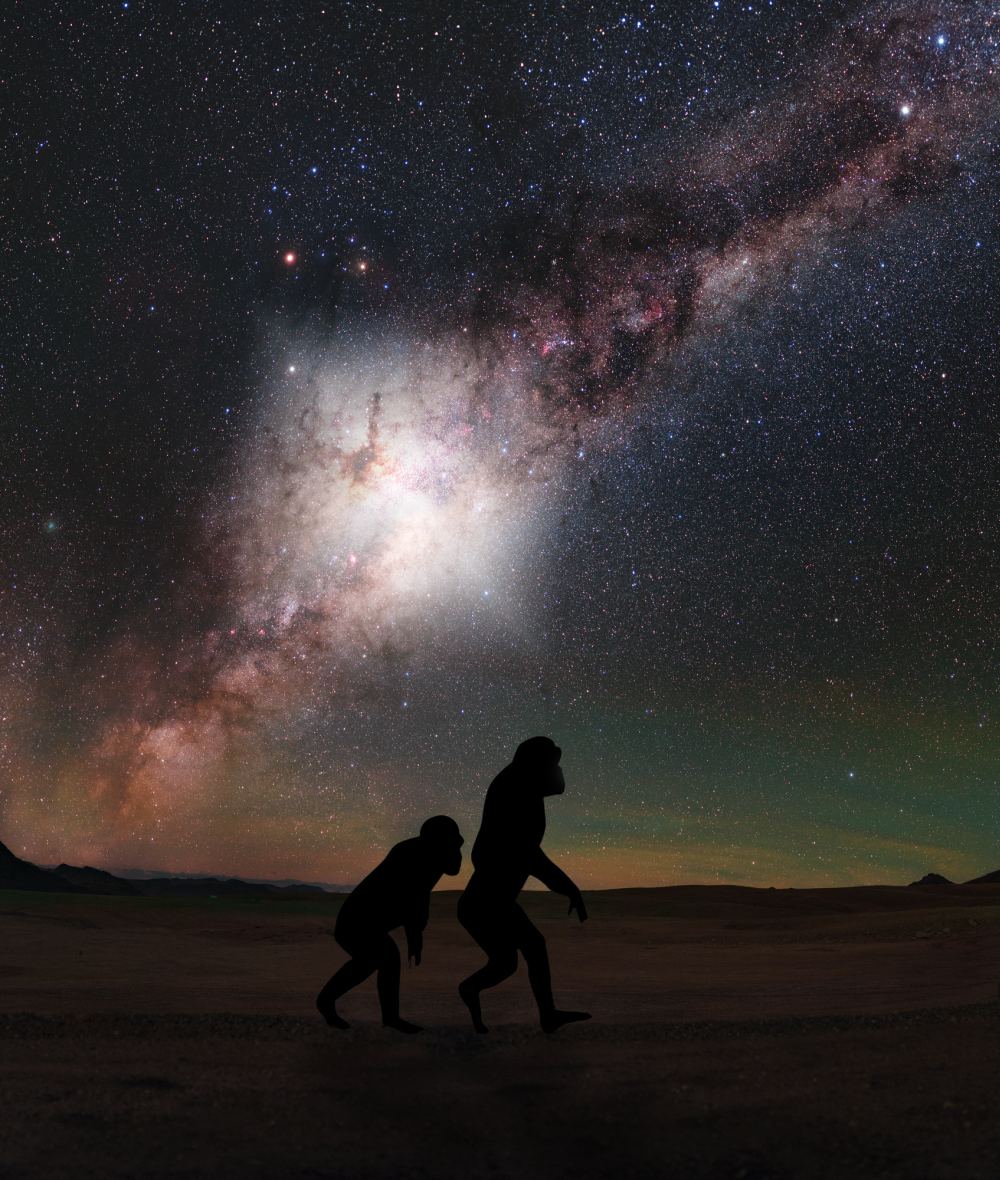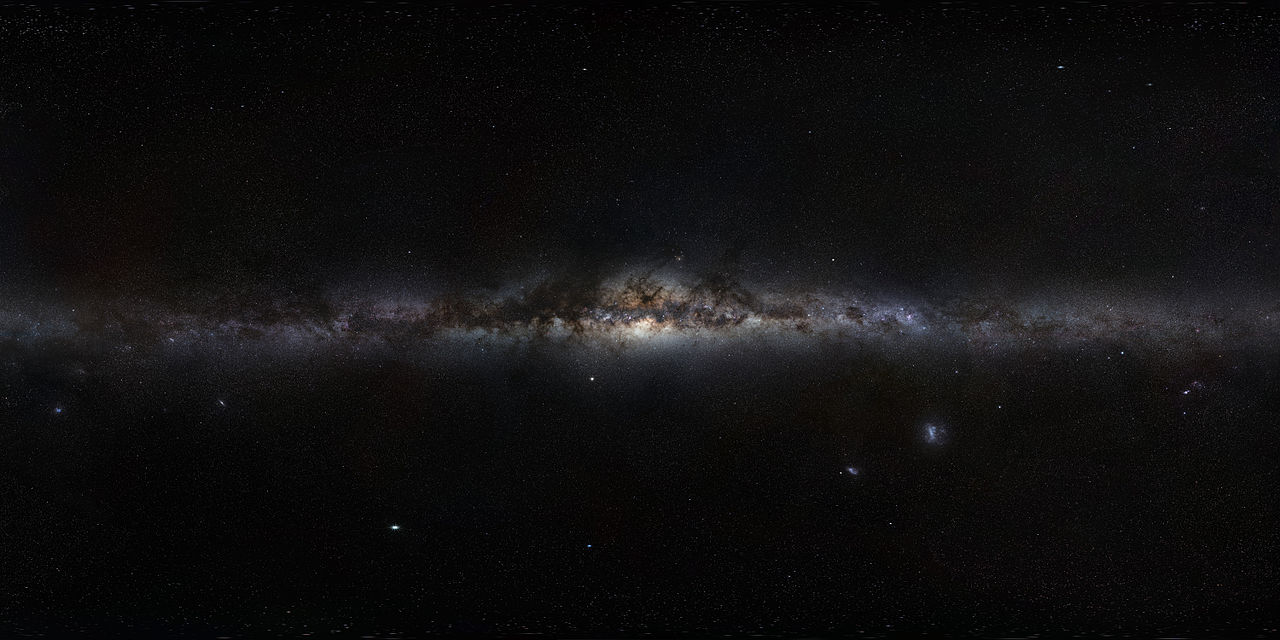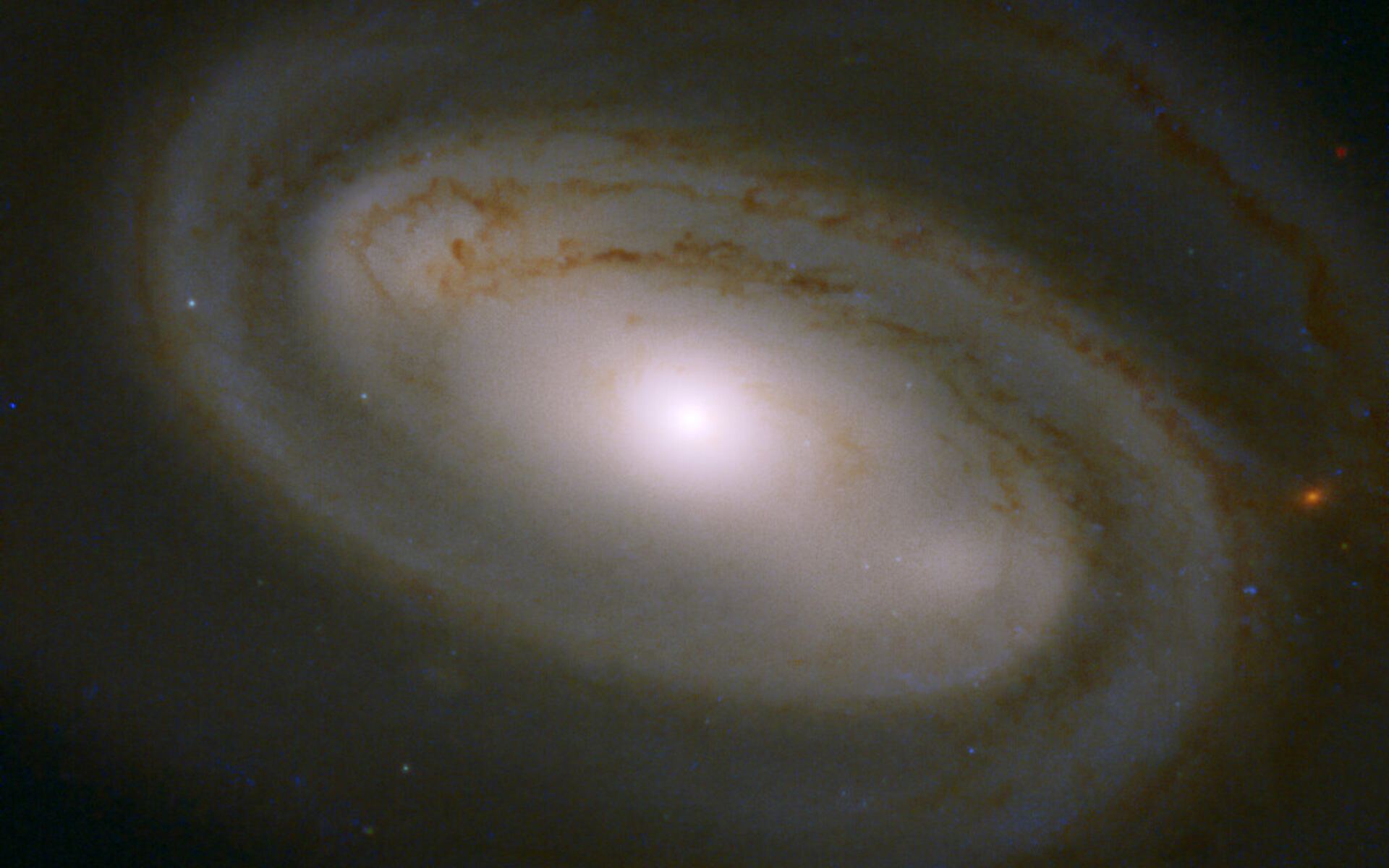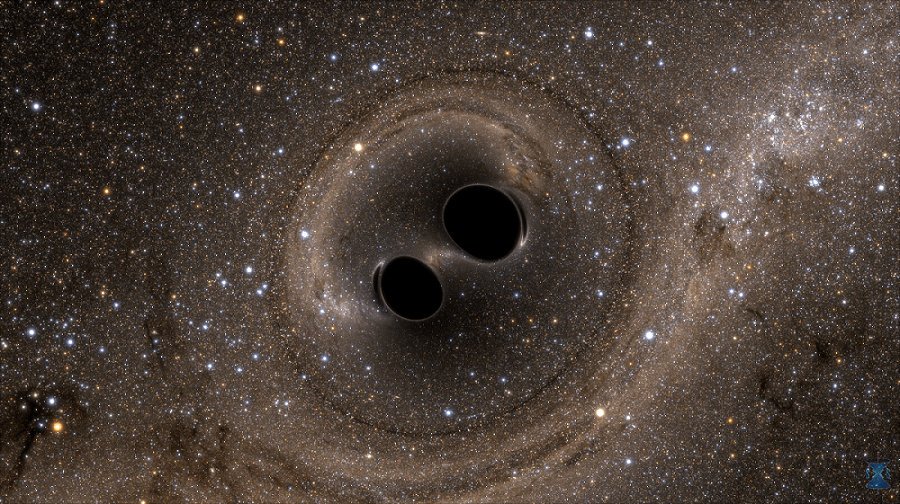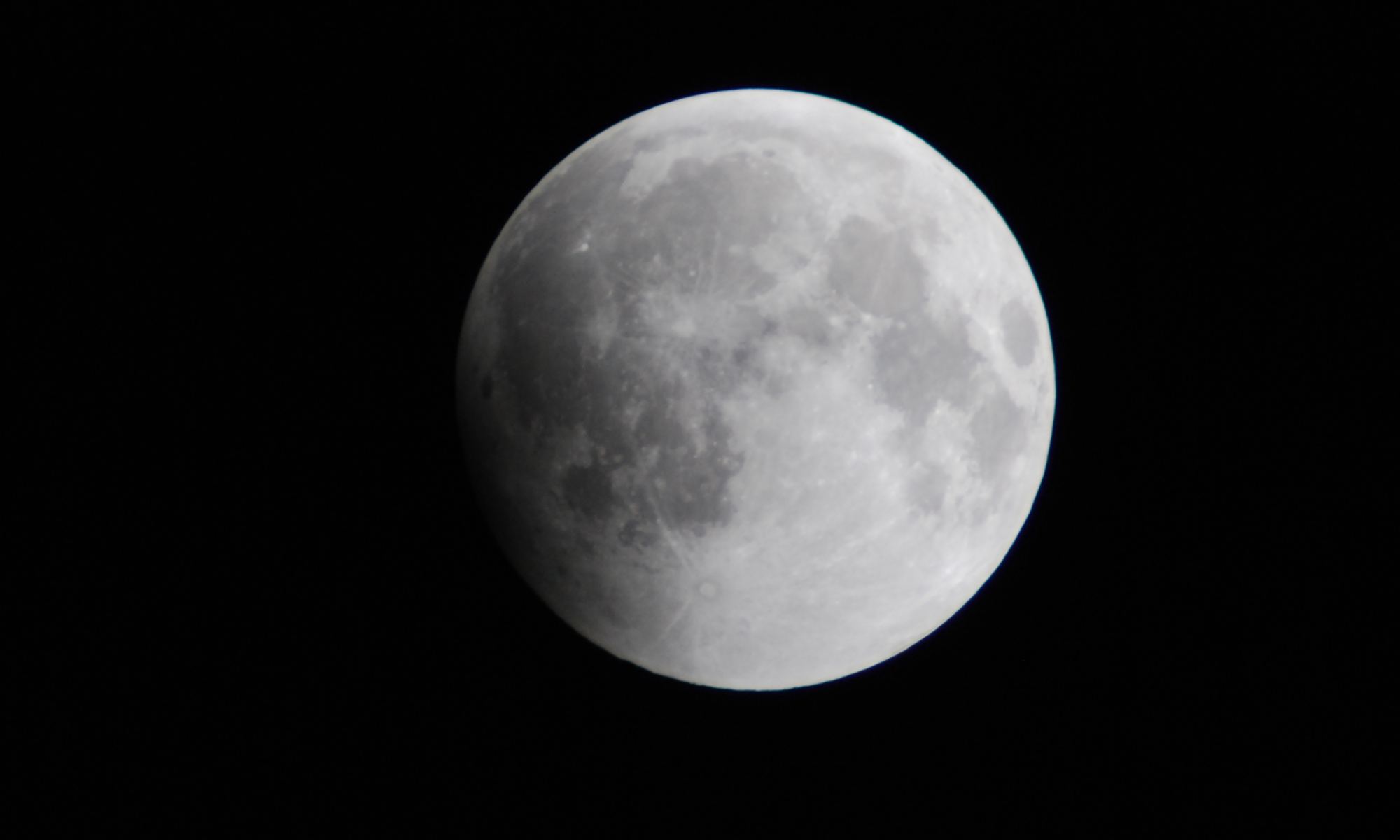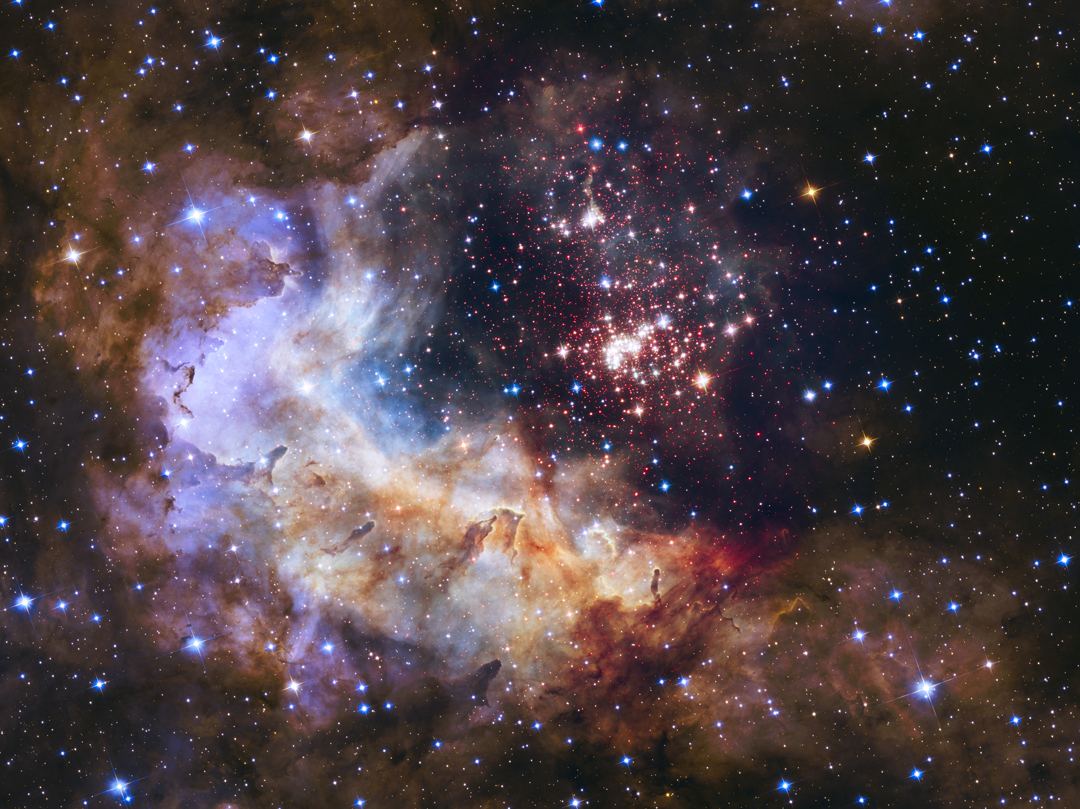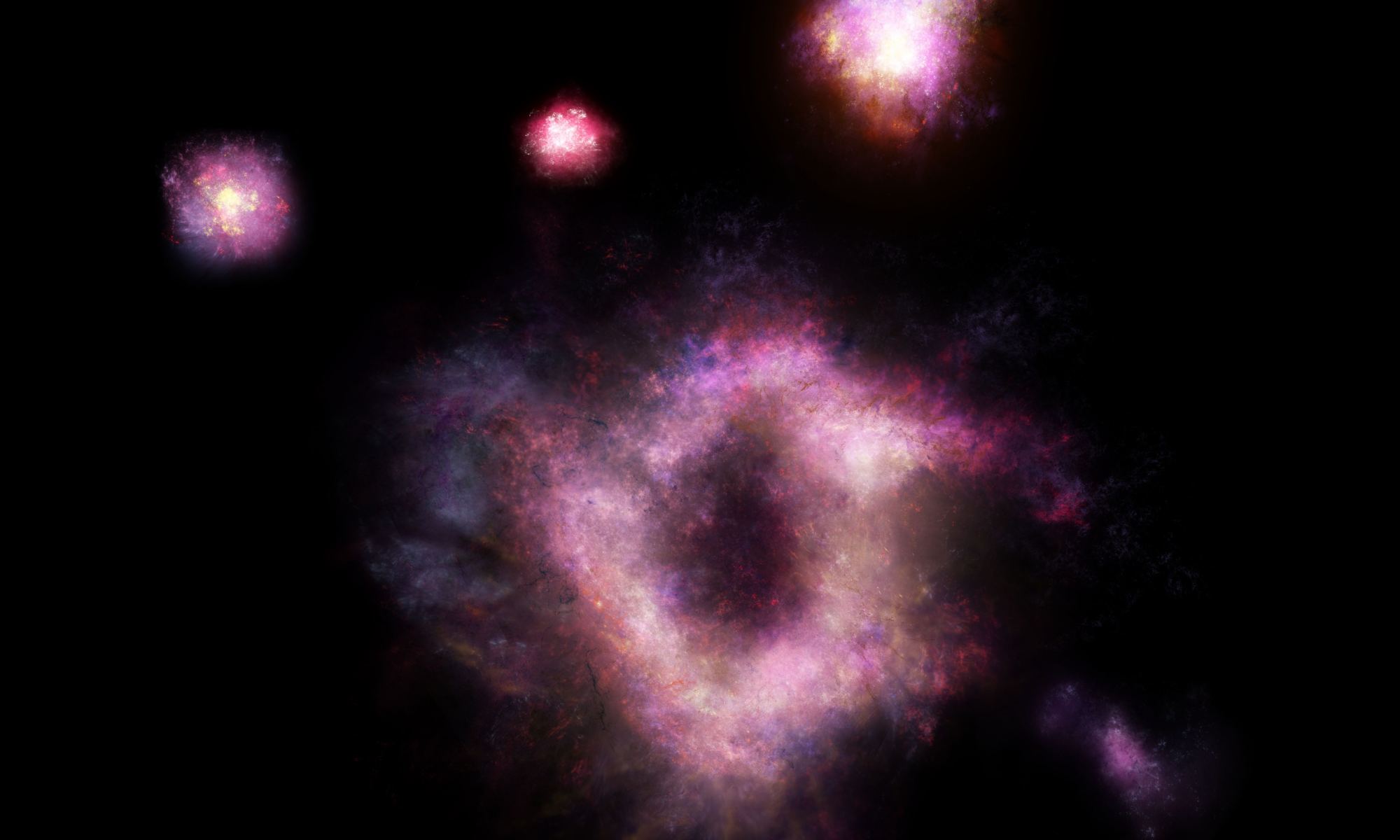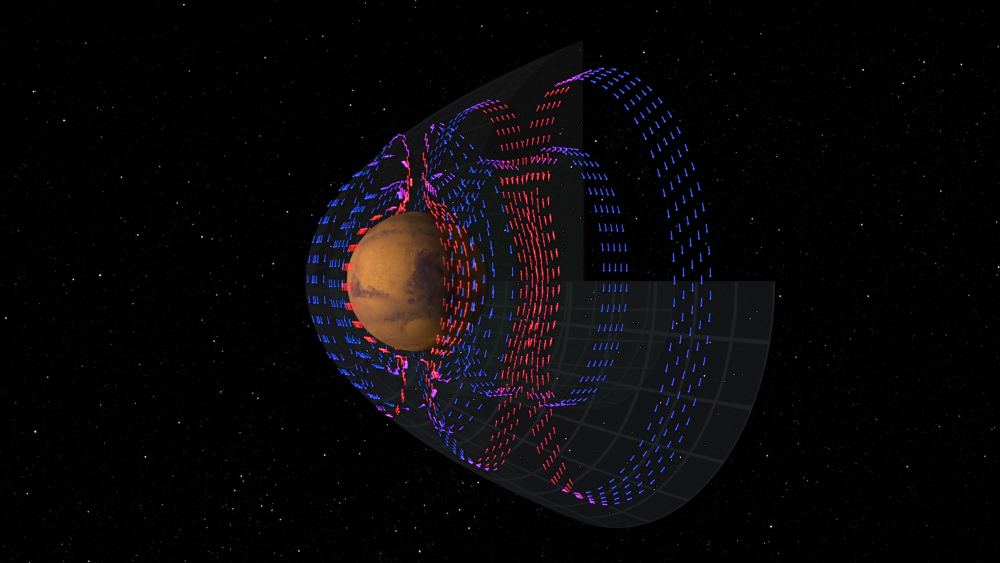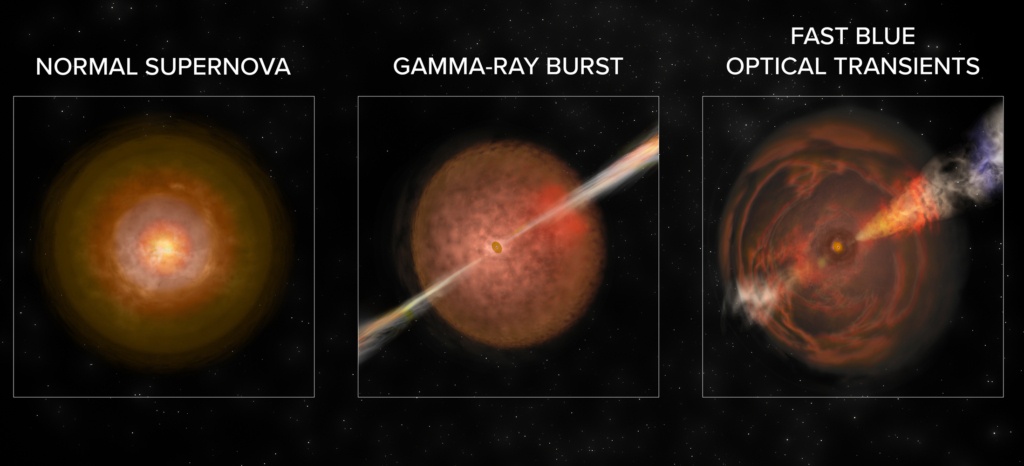It’s a truism to point out that modern humans have only been around for the blink of an eye, relative to the age of the Universe. But the Universe was an active place long before we were around to observe all of that activity. And about 3.5 million years ago, it’s possible—if only remotely—that our ancient ancestors noticed something change in the night sky.
Would it have stirred something inside them? Impossible to know.
Continue reading “About 3.5 Million Years Ago, a Stream of Gas Outside the Milky Way Would Have Lit Up the Night Sky”
